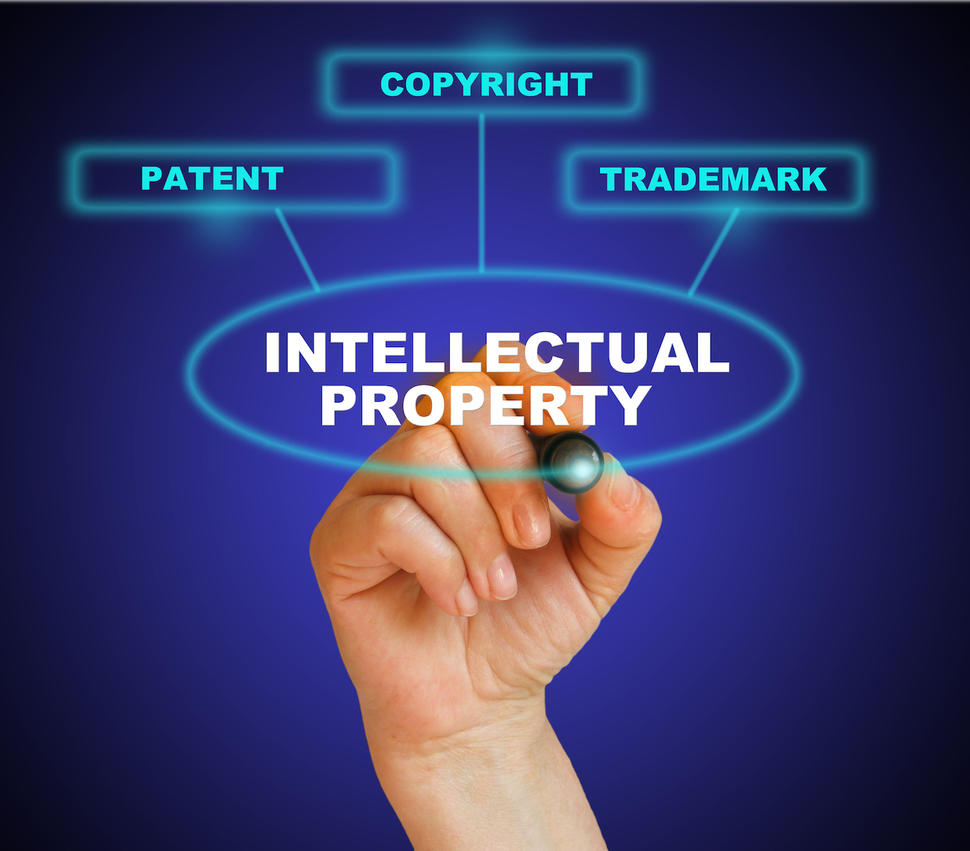Patents, Trademarks and Copyrights are the most common forms of Intellectual Property (IP) protection used by individuals, private sector entities (e.g., for-profit and non-profit companies) and government agencies, to protect their inventions and creative works. Patents protect any new and useful process, machine, manufacture, or composition of matter. Trademarks protect slogans, names, logos, graphics or anything used to identify a product or a service. Copyrights protect works of authorship.
The NIH in general (and the NCI specifically), relies on patents as its primary form of IP protection for inventions and discoveries originating from scientists and laboratories. The NIH also uses Trademarks to protect NIH and IC logos, graphics and slogans. NIH and all other government agencies do not allow works of authorship from their employees to be protected by Copyrights. All NIH copyright and trademark work is conducted by the NIH Branch of the HHS Office of General Counsel.
Intellectual property protection and management are central to NIH's mission, as they are essential to our ability to move our technology to the private sector for further development and commercialization. Effective IP policy and practice are the bridge that connects laboratory bench discoveries to the marketplace.
The NIH is not in the business of manufacturing and commercialization; it is focused on the development of technologies that improve public health. We need commercial partners to get our new discoveries/technologies to the patient populations we serve. In most cases, a commercial partner will only take on further development and commercialization if we have the ability to transfer to them, through licensing (i.e., exclusive, co-exclusive or non-exclusive), technology that is protected by a patent (or at least patent pending) in the United States Patent and Trademark Office. This includes working with commercial partners to negotiate licensing terms supportive of a mutually successful outcome.
Protection of NIH intellectual property is necessary to facilitate commercial development of products and services with potential to benefit public health. To assist NIH staff with this process, NIH has established procedures for reporting research discoveries and resulting inventions which includes the completion of an Employee Invention Report (EIR).
The NCI Technology Transfer Center (TTC) provides guidance to NIH scientists on IP management, covering issues such as: obtaining patent protection, inventorship guidelines, and royalty income for inventors.
Learn more:
- Inventions and Patents — link to the EIR along with information about inventions and patents.
- Publications — procedures for NIH authors to comply with the NIH Public Access Policy with respect to a publisher's agreement.
- All NCI technologies available for co-development and licensing can be found under Available Technologies. If you are interested in licensing an NCI technology and need assistance in how to initiate the EIR process or licensing agreement process, please contact us.
